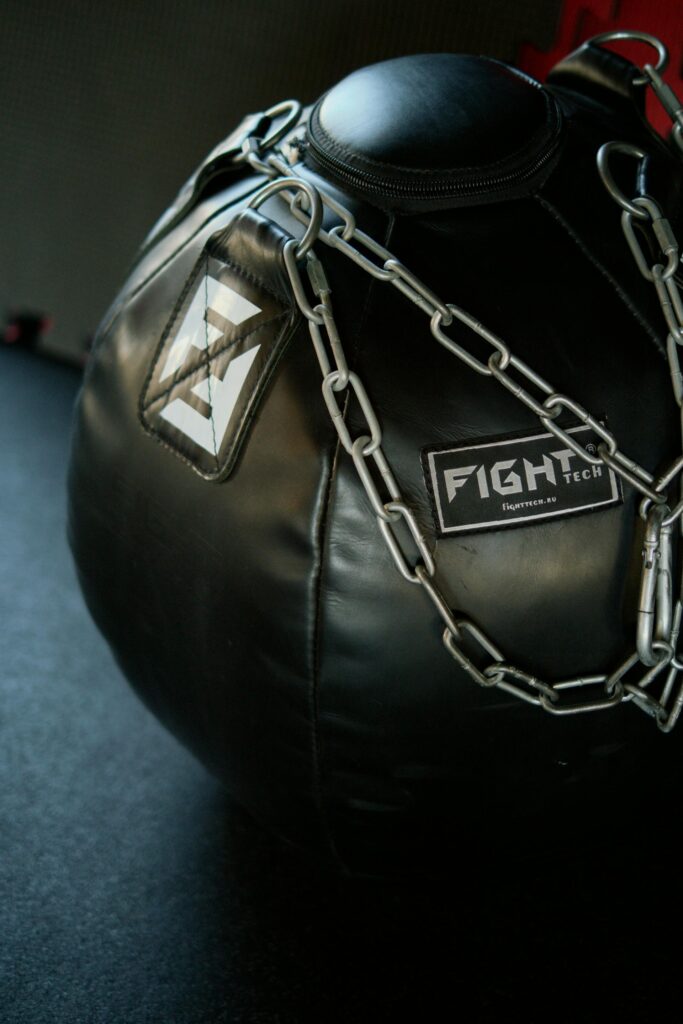Introduction
Choosing the right boxing gloves is essential for both performance and safety. With various types, sizes, and materials available, making an informed decision can be challenging. This guide will help you navigate the options to find the perfect pair tailored to your needs.

Understanding the different types of boxing gloves will assist you in selecting the right pair for your training or competition needs:
- Training Gloves: Versatile gloves suitable for general workouts, including bag work and mitt drills. They offer a balance between protection and performance.
- Bag Gloves: Designed specifically for heavy bag workouts. These gloves have less padding, allowing you to feel the impact and improve technique.
- Sparring Gloves: Heavily padded to ensure the safety of both you and your sparring partner during practice bouts.
- Competition Gloves: Lighter gloves used in official matches, designed to maximize speed and impact.
- Mexican-Style Gloves: A hybrid between training and competition gloves, offering a snug fit with longer cuffs for wrist support.
- Muay Thai Gloves: Designed for the diverse techniques of Muay Thai, these gloves offer more flexibility and open palms for clinching.
Choosing the Right Size
Boxing gloves are measured in ounces (oz), and selecting the appropriate size depends on your body weight and intended use:
- 8-10 oz: Ideal for competitive boxing and fighters weighing up to 150 lbs.
- 12 oz: Common for pad work and light bag work.
- 14 oz: Suitable for general training and heavier individuals.
- 16 oz and above: Recommended for sparring to ensure maximum safety.
Always try on gloves before purchasing to ensure a snug fit without being too tight.
Materials: Leather vs. Synthetic
- Leather Gloves: More durable and tend to mold to your hand shape over time. They offer longevity but come at a higher price point.
- Synthetic Gloves: More affordable and easier to clean but may not last as long as leather gloves.
Closure Types
- Velcro (Hook and Loop): Allows for easy on and off, suitable for training sessions.
- Lace-Up: Provides a more secure fit, commonly used in competitions and by professional fighters.
Additional Features to Consider
- Padding: The type and distribution of padding can affect protection and comfort.
- Wrist Support: Essential for preventing injuries; some gloves offer enhanced wrist stabilization.
- Ventilation: Features like mesh panels can help keep your hands cool and reduce glove odor.
Conclusion
Selecting the right boxing gloves enhances your training experience and protects you from injuries. Consider the type, size, material, and additional features that best fit your training needs and budget.
